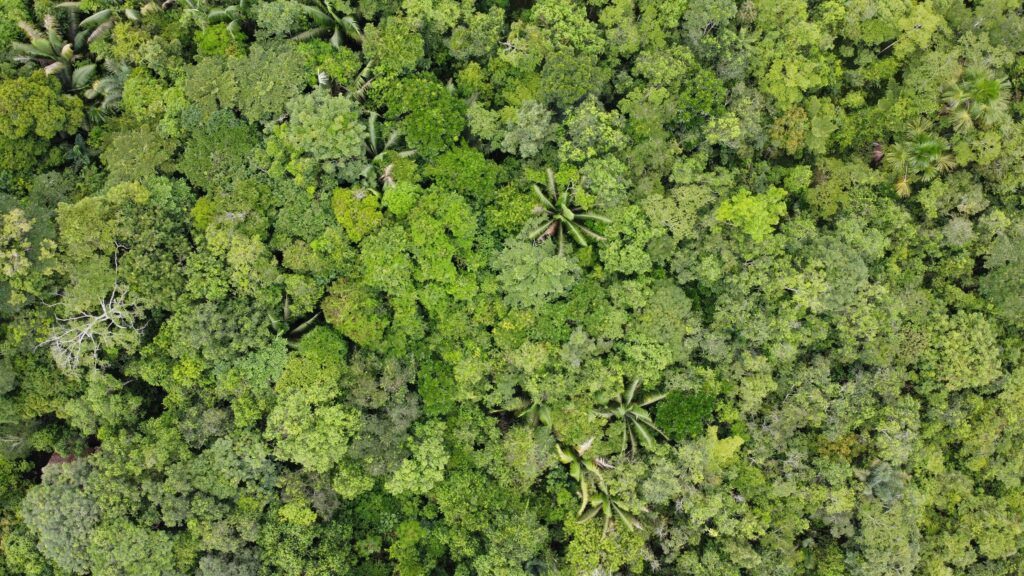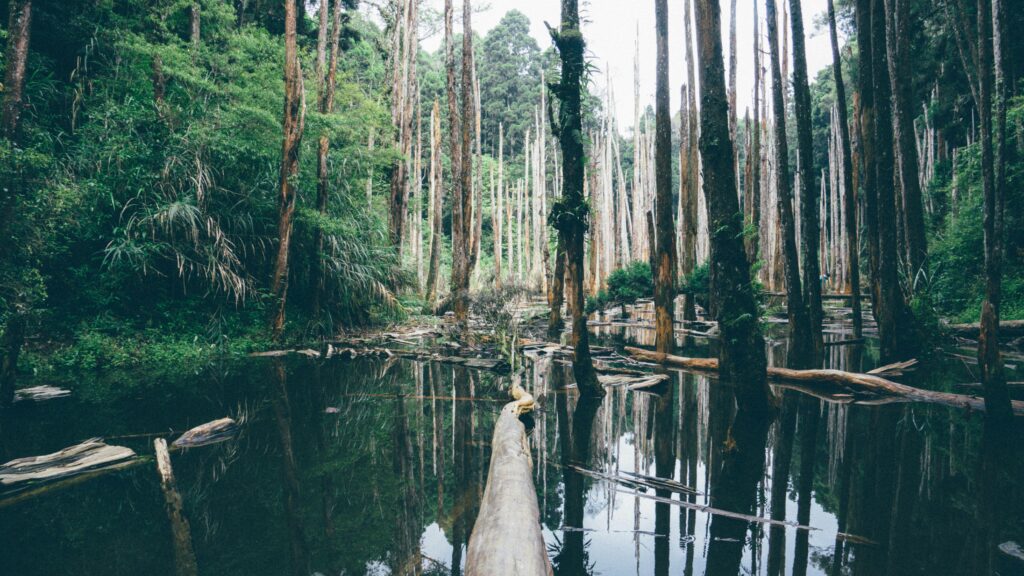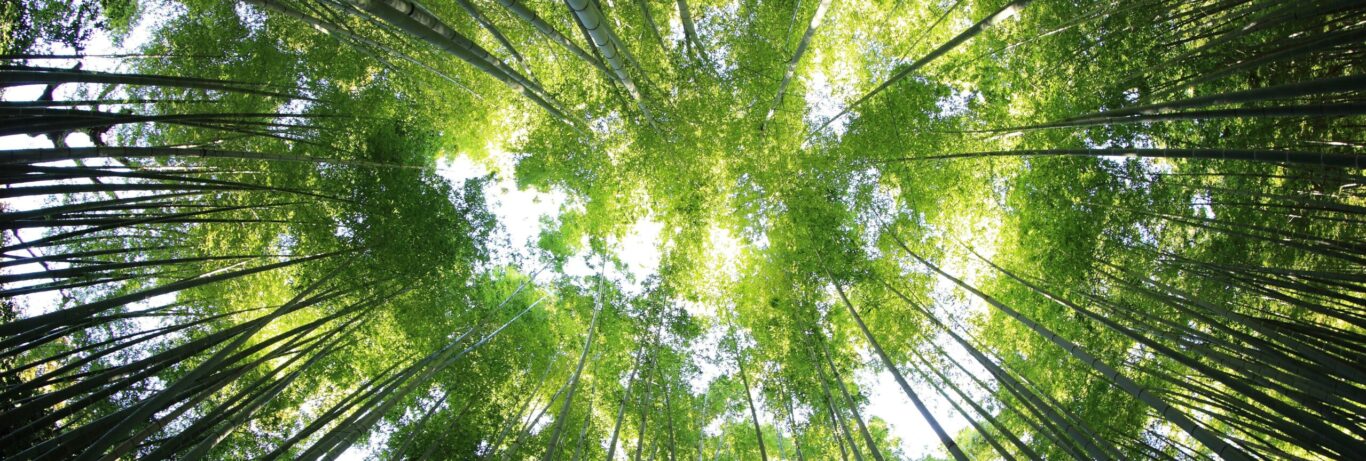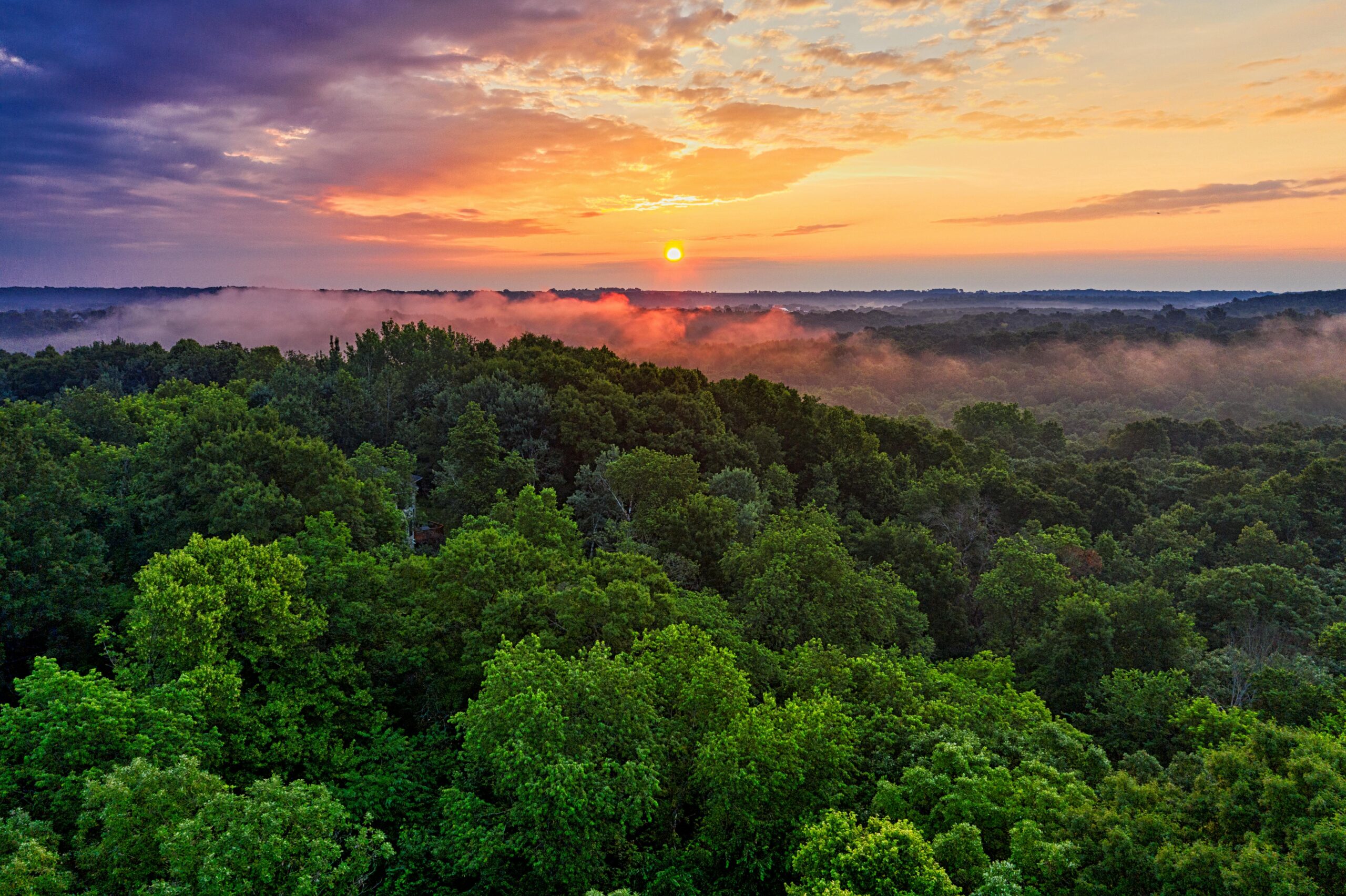The Amazon is much more than a forest; it’s the beating heart of biodiversity and a true natural sanctuary that shelters countless species, cultures, and ancient secrets. When we speak of the Amazon, we’re talking about the largest tropical ecosystem in the world, spanning around 7 million km² and covering parts of nine South American countries. This lush biome represents one of the greatest natural treasures we have—not only in size but also in ecological and cultural importance.
Natural Wealth: An Invaluable Treasure
Within the Amazon rainforest, every square inch pulses with life. It is home to millions of species of plants, animals, and insects, many of which are found nowhere else on Earth. It’s estimated that the Amazon holds around 10% of all known species on the planet. The diversity is so vast that scientists still make new discoveries today. Beyond its rich fauna and flora, the forest holds immense wealth in natural resources that go far beyond timber or minerals: it holds natural remedies, exotic fruits, and medicinal plants that are studied worldwide for their healing potential.
The Immensity of the Amazon
If we could fly over the Amazon, we’d see an endless sea of green. The world’s largest tropical rainforest covers an area of over 5.5 million km², most of it within Brazil. Its towering trees, which can reach impressive heights, form a green canopy that controls the local climate and even influences the world’s climate. The amount of water stored in the Amazon’s rivers, like the majestic Amazon River, is so immense that it accounts for about 20% of the fresh water flowing freely on the planet’s surface.

Importance for the Planet: The Lungs of the World
The Amazon is known as the “Lungs of the World”—and rightly so. Its trees absorb large amounts of carbon dioxide, helping to regulate the climate and reduce the impacts of climate change. Additionally, the forest is essential to the water cycle. Each day, billions of liters of water evaporate from Amazonian trees, forming the so-called “flying rivers” that carry moisture to other regions and help maintain the climatic balance in distant parts of the continent.
But the significance of the Amazon goes beyond environmental aspects. It is also home to hundreds of indigenous peoples who have lived in harmony with nature for centuries. These people possess valuable knowledge about the forest’s plants and animals and a unique spiritual connection with their environment. Respecting and protecting the Amazon also means honoring these cultures and all the wisdom they offer us about caring for our planet.
The Challenge of Preserving This Treasure
Unfortunately, the Amazon faces threats that could disrupt this entire balance. Deforestation, resource exploitation, and fires endanger not only local biodiversity but also the planet’s future climate. Preserving the Amazon is a global challenge that requires the collaboration of governments, companies, and citizens around the world. Every preserved tree and conservation project helps keep alive the hope of a more sustainable and balanced future for all of us.

Why Does the Amazon Matter So Much to Us?
The Amazon rainforest is not only a natural wonder; it’s a constant reminder of the interconnection between humans and nature. By caring for the Amazon, we care for ourselves, ensuring that future generations can experience its beauty and wealth. It offers us a lesson in respect and balance, something we need more and more in our daily lives.
Let this text serve as an invitation for us to reflect and perhaps unite in preserving this green heart that beats strongly and in harmony with the planet. After all, the Amazon belongs to us and to all living beings that inhabit the Earth—and it deserves all the care and respect we can give it.

